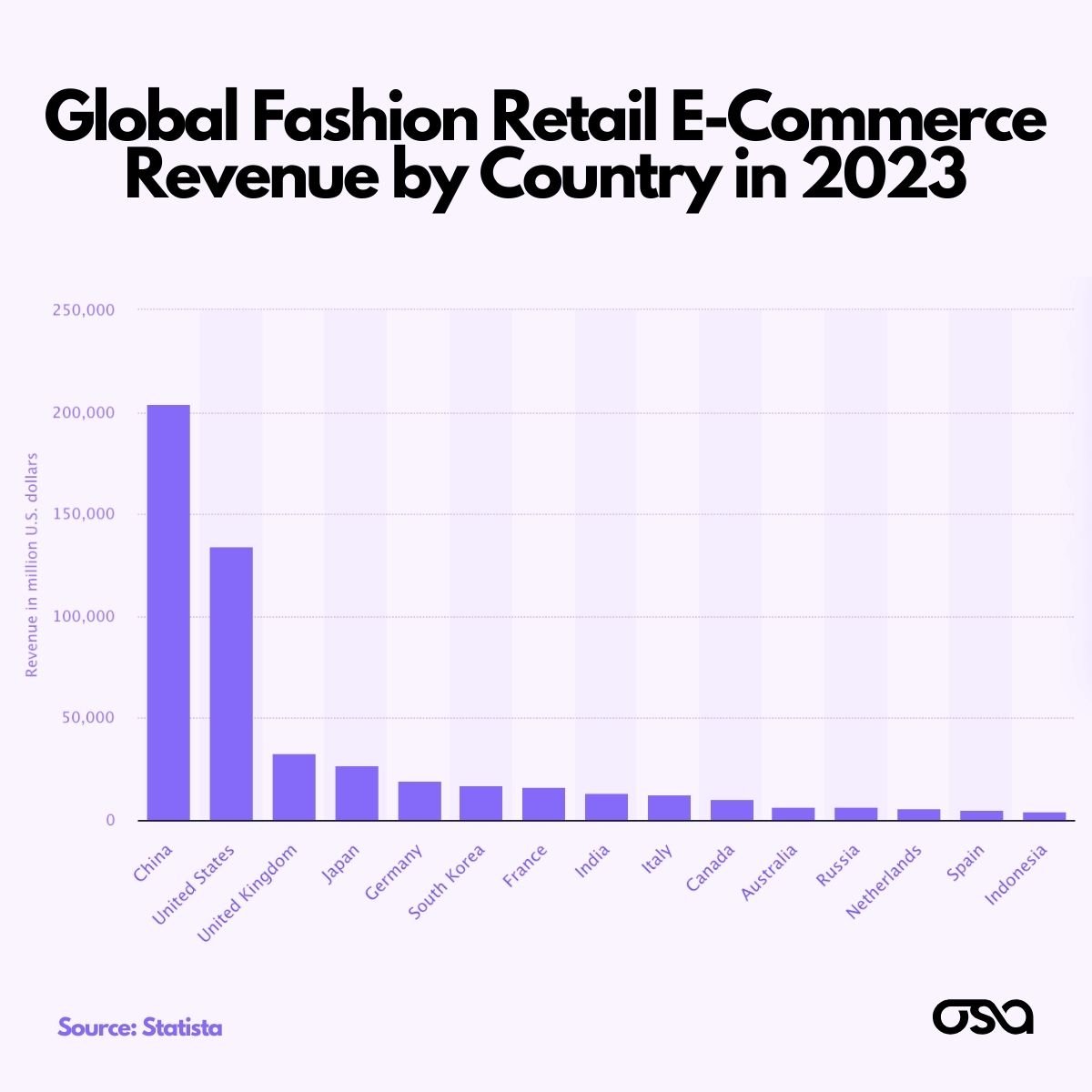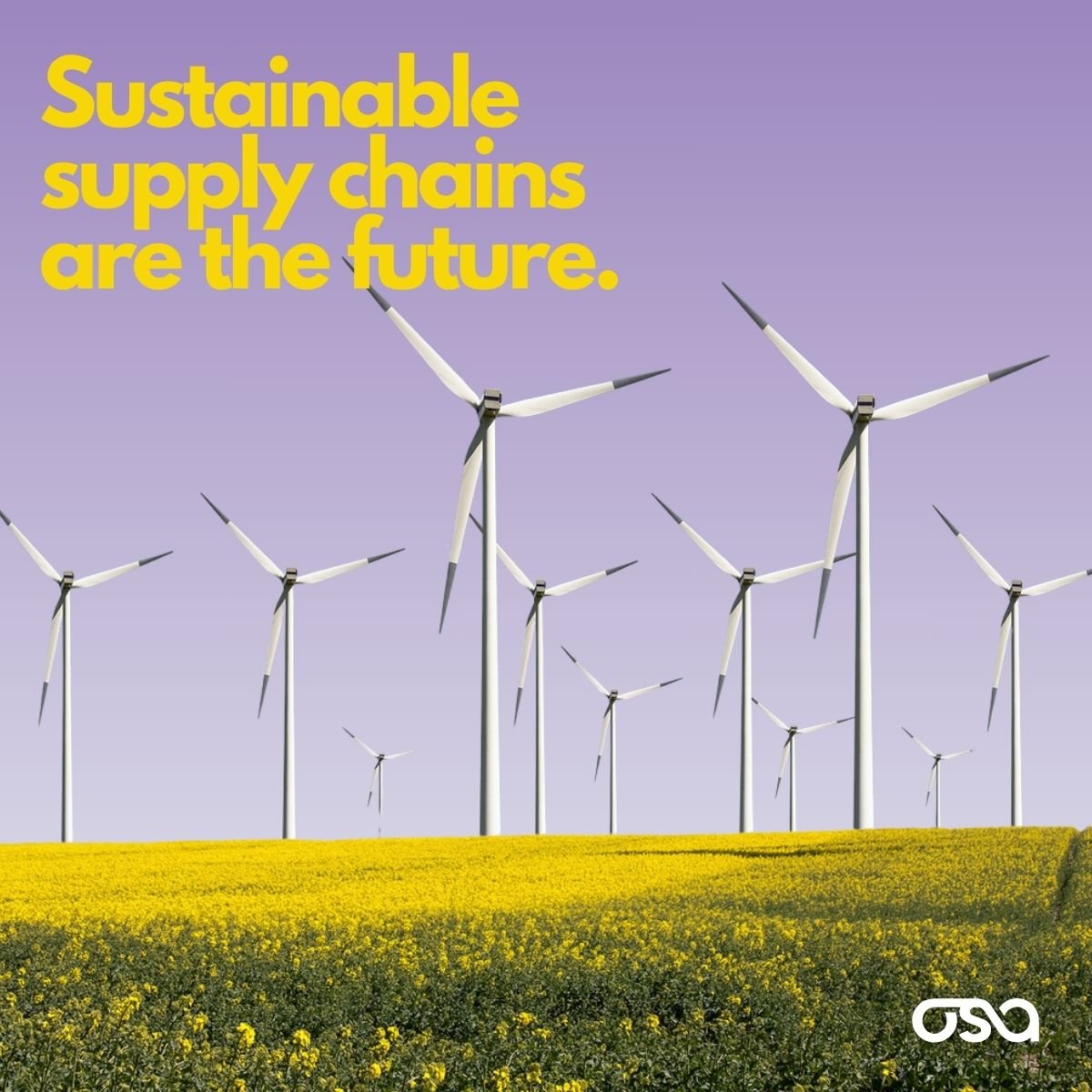5 min read
The Impact of Fashion Week on Supply Chains and Sustainability
 Katie Dalrymple
:
March 27, 2024
Katie Dalrymple
:
March 27, 2024
.jpg)
Fashion Week, a cornerstone of the fashion industry and an absolutely essential part of the supply chain, traces its roots back to the mid-19th century when Parisian couturiers began showcasing their latest designs to clients and the press. Since then, this tradition has evolved into a global phenomenon, with major fashion capitals like New York, Milan, London, and Paris hosting biannual events where designers unveil their newest collections. Truly the root reason behind the event is the need for buyers to come and see what exactly they want to put into production and analyze the trends and demand behind each piece. Without Fashion Week there is a significant gap in the supply chain, think of it as the piece of demand forecasting and the real start of the logistics process.
The Significance of Fashion Week in Supply Chain Solutions
The fashion industry is one of the biggest worldwide, it shouldn’t be overlooked as in 2019 it was sitting in the range of being a $1.7 - $2.5 trillion industry. When looking at it compared to countries’ GDP it would itself be ranked as the 7th largest economy in the world.
This also goes hand in hand with the sheer growth the e-commerce industry has seen in recent years. By 2025 it’s predicted that global online retail sales will reach $7 trillion, with the fashion industry accounting for $1.2 trillion of that segment.
The world’s largest economies based on GDP are just as heavily invested. China, United States, United Kingdom, Germany, and Japan are the largest retail markets while China and the United States are simultaneously also the largest textile exporters.

Why is Fashion Week important to the supply chain?
Fashion Week emerged as a response to the need for designers to present their collections in a structured and impactful manner, allowing them to gain visibility and attract buyers and media attention. Over time, it has become a vital tool for setting trends, driving sales, and fostering collaboration within the industry.
When it comes to the crucial need for samples, we can see it reflected in the fashion buying process. Samples are crucial for ensuring the quality, fit, and aesthetic appeal of garments before they are mass-produced and distributed to retailers or consumers. They allow designers and manufacturers to refine their designs, address any issues, and meet the expectations of both buyers and end consumers.
Fashion Week gives designers the opportunity to showcase their collection so buyers can choose the garments they would like to order. This paves the path of the sourcing process so retailers and brands are able to strategize contractions and the buying of goods required to go to production. Success of the final items that are delivered to buyers heavily relies on how manufacturers are able to identify, evaluate, and deliver through the supply chain.

Moreover, Fashion Week plays a pivotal role in the fashion supply chain. It creates demand for new collections, driving production and manufacturing processes. Technology to measure performance and create a seamless supply chain becomes essential for brands preparing for Fashion Week, ensuring timely delivery of products and successful showcase events.
"A smooth supply chain will always be the most critical piece for a brand preparing for fashion week because no product means no show and no subsequent sales during market for that season. Every step of the product design, development, and sampling process needs to be carefully mapped out and timed correctly to ensure a successful chain of events leading up to fashion week."
.jpg?width=1366&height=1366&name=unnamed+(12).jpg)
Cal McNeil
Director of Program Strategies at the Council of Fashion Designers of America (CFDA)
Inna Kuznetsoza, CEO of ToolsGroup states one of the reasons for the supply chain needing to run smoothly directly after fashion week is that “Up to 75% of profit on an item may come in the first four weeks of sale, so being the first to the market when it comes to highly fashionable items…is extremely important.”
The Role of Supply Chain Solutions in Fashion Sustainability
Sustainability in fashion is an ongoing debate. Can the cyclical nature of the fashion industry be transformed into something more sustainable? Due to the nature of the industry there is a constant need to continuously produce, even sometimes to the point of overproduction and overconsumption. The production of items of clothing produced in a year ranges from 100-150 billion, while the consumption of new clothing is about 80 billion items a year. For reference, this is 400% higher than it was 20 years ago.
The fashion industry is rated to be the 3rd most polluting industry in the world, this is based purely on its carbon footprint and greenhouse gas emissions. Despite these statistics, there are actionable steps available within the supply chain to mitigate the industry's adverse effects.
Implementing Sustainability in the Fashion Supply Chain
In recent years we have seen brands and designers evaluate the cycle of overconsumption. As consumers are becoming more aware and invested in the environmental impacts for the fashion industry, companies are looking for ways to redefine sustainability and reduce the amount of materials needed. Some suggest only presenting collections once or twice a year and abstaining from the sometimes even 6 cycles of showing. Others have suggested condensing the multiple different weeks into 1, for example combining Men’s and Women’s Ready-To-Wear. Even ditching all together the need for some Fashion Week’s such as Cruise/Resort week.
Within the boundaries of the existing fashion industry supply chains and systems Cal McNeil, Director of Program Strategies at the Council of Fashion Designers of America (CFDA) answers as well “... responsible materials and production processes such as on-demand manufacturing, better digital communication tools, AI learning, and the creation of localized innovation hubs are all areas that can positively impact our industry and address challenges across the supply chain.”

With AI we can see a huge improvement in sustainability within the supply chain such as improved efficiency, inventory management, inventory forecasting, supply chain optimization, increase data visibility, product design, product lifecycle management, essentially the list is endless. With AI-powered supply chain technology such as Collaborative Visibility we see an increase in sustainability whilst boosting revenue (300% ROI) for businesses.
Some simple ways that you can implement sustainability into your fashion supply chain are:
- Sustainable Materials: The use of natural fibers and recycled materials alone have a huge influence on the environmental impact.
- Eco-Friendly Packaging: Packaging is one of the ways brands are looking to make an impact.
- Consumer Packaged Goods (CPG): By incorporating sustainable materials such as biodegradable and recycled resources, businesses can not only attract environmentally conscious customers but also contribute to reducing their carbon footprint.
- Ethical Practices: This not only is important for sustainability but also for human and animal rights!
- Renewable Energy: From investing in renewable energy such as wind, solar, water, etc. you see both a decrease in your carbon footprint but also a decrease in energy costs down the line.
- Transparency: Consumers value transparency highly in this modern market.

Can the Secondhand Fashion Industry Combat Environmental Concerns?
As brands combat the backlash of “fast-fashion,” some have looked at alternatives to bring secondhand fashion to the forefront. Secondhand e-commerce fashion websites like ThredUp, Vinted, The RealReal, and Poshmark are paving a path. Vogue recently shared an article on the best resale fashion sites.
Stephanie Louie, Founder of Relevate Thrift, a secondhand personal stylist and shopper brand, is also on a mission to transform and personalize sustainable shopping and speak to a new generation of eco-conscious shoppers.
Relevate Thrift is looking to solve all of these needs. Working on the business model of providing curated capsule style bundles to its clients, Relevate Thrift has seen the ability to give countless garments a second life and increase to life cycle.
Stephanie saw the need people had for a personal touch when it came to secondhand fashion—especially for those wanting to distinguish a personal and unique style while keeping their sustainability promises.
Looking to scale operations soon, Relevate Thrift is still looking for ways that it can maintain its sustainability efforts within its supply chain. Some of these efforts have been using electric cars in fulfillment, only using recycled materials for packaging, only offering high-quality pieces, not using expedited shipping, and trying to be as carbon neutral as possible (not through purchasing carbon offsets but through practices).

While secondhand fashion has the ability to create a huge impact on the environmental concerns behind the fashion industry we still see the importance of implementing sustainability across the board within the industry and its practices. There is an important opportunity to balance the need for sustainability and the continuous need to express creativity and innovation through new fashion which we see throughout the ingenious designs presented at Fashion Week. With sustainable practices implemented into the supply chain there is a window presented to a better future.


